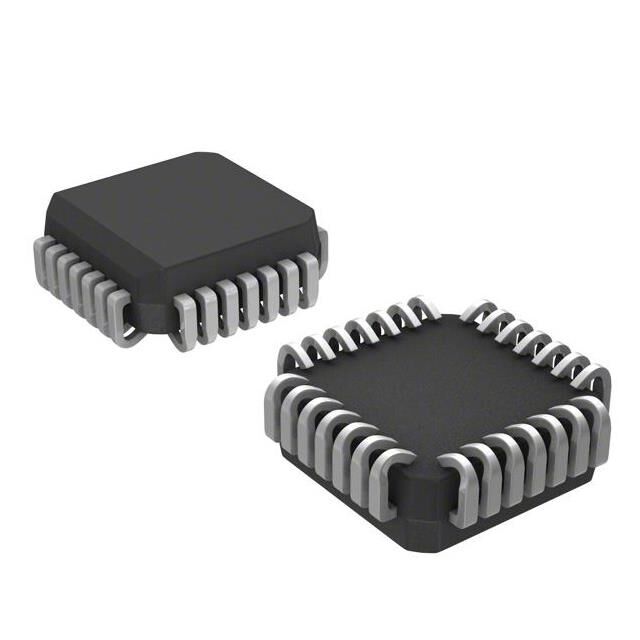
UC2875QP
ObsoleteIC OFFLINE SW FULL-BRDG 28PLCC
Deep-Dive with AI
Search across all available documentation for this part.

UC2875QP
ObsoleteIC OFFLINE SW FULL-BRDG 28PLCC
Deep-Dive with AI
Technical Specifications
Parameters and characteristics for this part
| Specification | UC2875QP |
|---|---|
| Control Features | Frequency Control, Soft Start, Sync |
| Duty Cycle | 100 % |
| Fault Protection | Current Limiting |
| Frequency - Switching | 1 MHz |
| Mounting Type | Surface Mount |
| Operating Temperature [Max] | 85 C |
| Operating Temperature [Min] | -25 °C |
| Output Isolation | Non-Isolated |
| Package / Case | 28-LCC (J-Lead) |
| Supplier Device Package | 28-PLCC (11.51x11.51) |
| Topology | Full-Bridge |
| Voltage - Start Up | 10.75 V |
| Voltage - Supply (Vcc/Vdd) [Max] | 20 V |
| Voltage - Supply (Vcc/Vdd) [Min] | 9.5 V |
Pricing
Prices provided here are for design reference only. For realtime values and availability, please visit the distributors directly
| Distributor | Package | Quantity | $ | |
|---|---|---|---|---|
Description
General part information
UC2875-EP Series
The UC2875 integrated circuit implements control of a bridge power stage by phase-shifting the switching of one half-bridge with respect to the other, allowing constant frequency pulse-width modulation in combination with resonant, zero-voltage switching for high efficiency performance at high frequencies. This circuit may be configured to provide control in either voltage or current mode operation, with a separate over-current shutdown for fast fault protection.
A programmable time delay is provided to insert a dead-time at the turn-on of each output stage. This delay, providing time to allow the resonant switching action, is independently controllable for each output pair (A-B, C-D).
With the oscillator capable of operation at frequencies in excess of 2 MHz, overall switching frequencies to 1 MHz are practical. In addition to the standard free running mode, with the CLOCKSYNC pin, the user may configure these devices to accept an external clock synchronization signal, or may lock together up to 5 units with the operational frequency determined by the fastest device.
Documents
Technical documentation and resources


